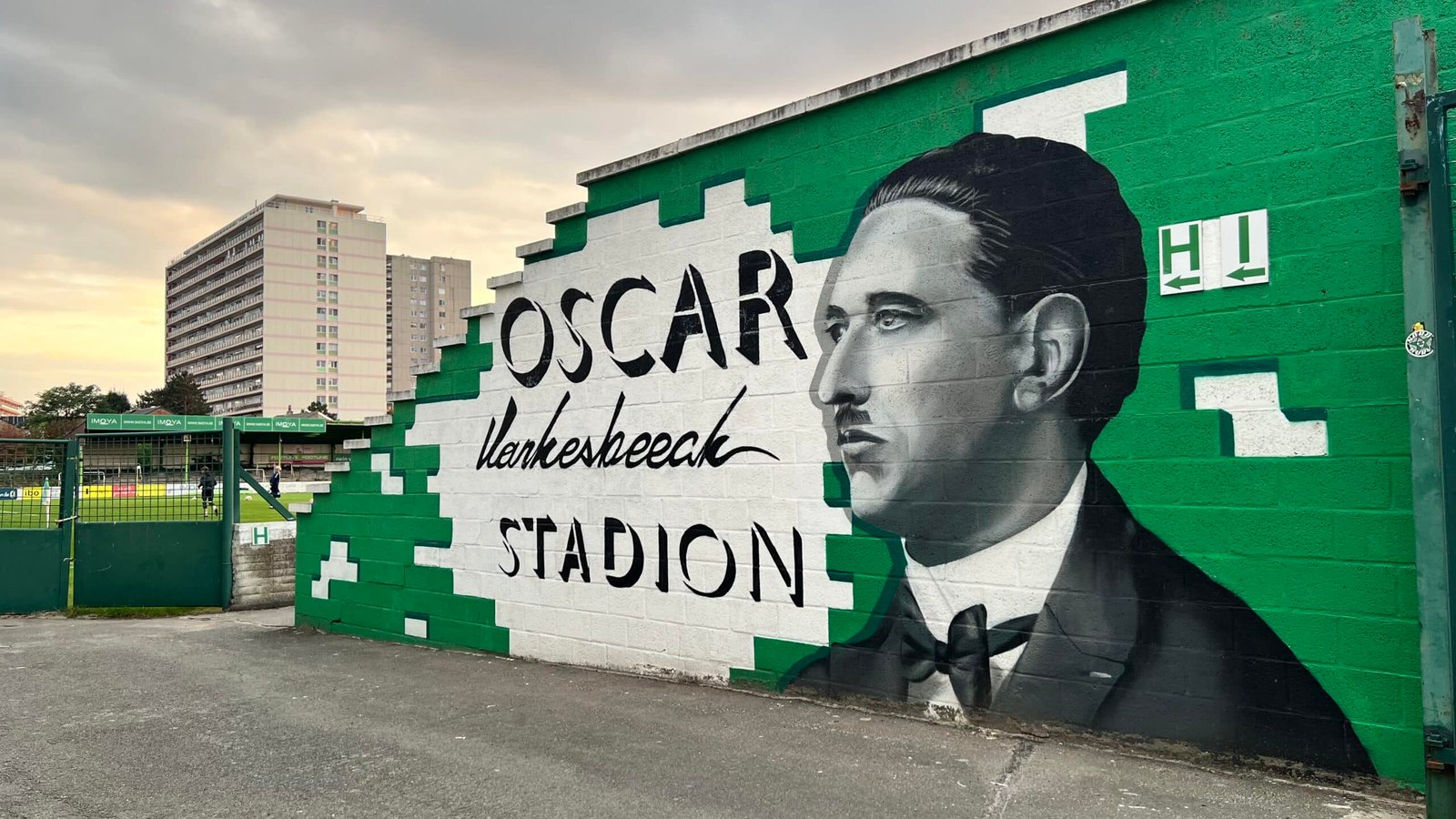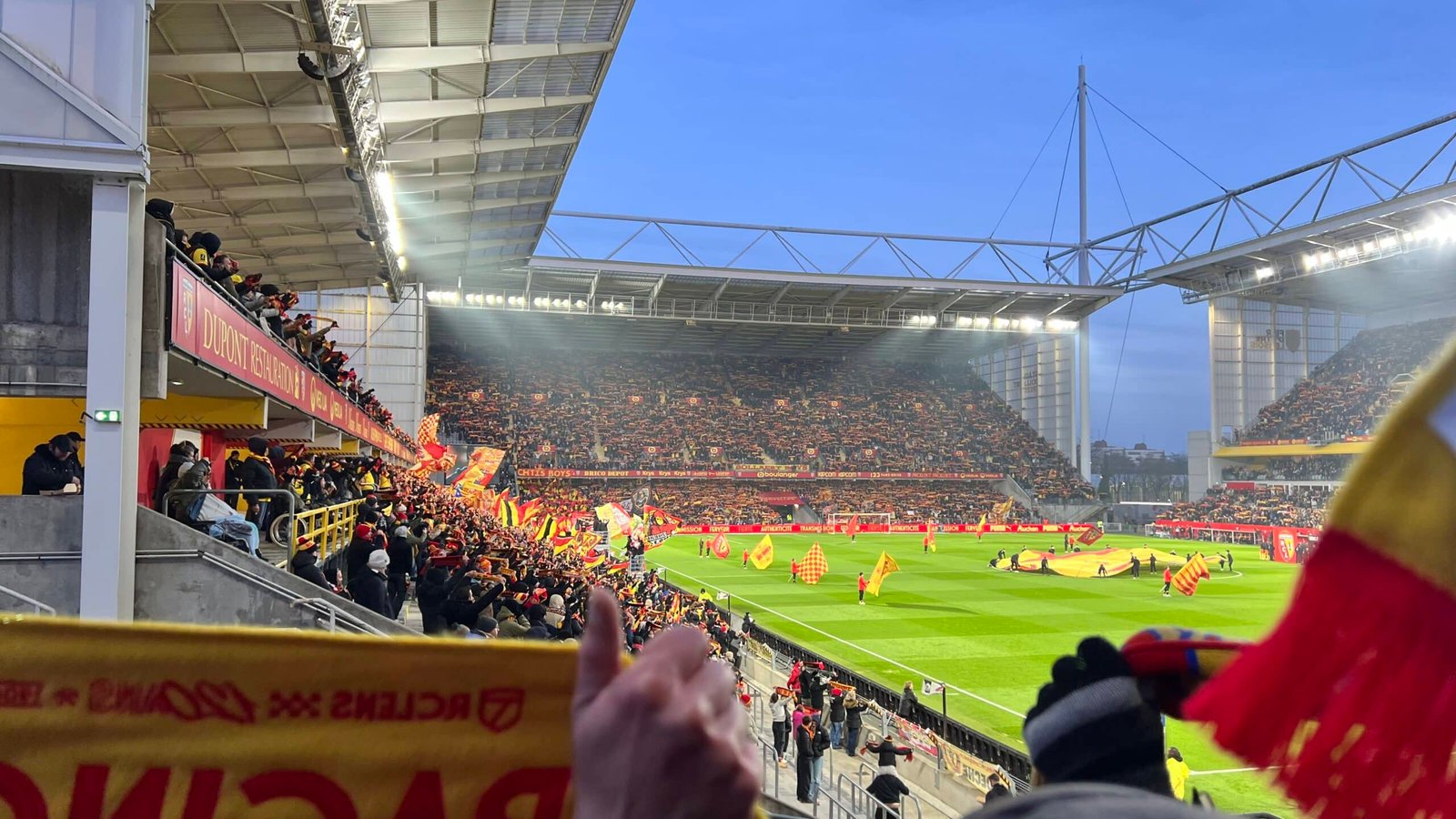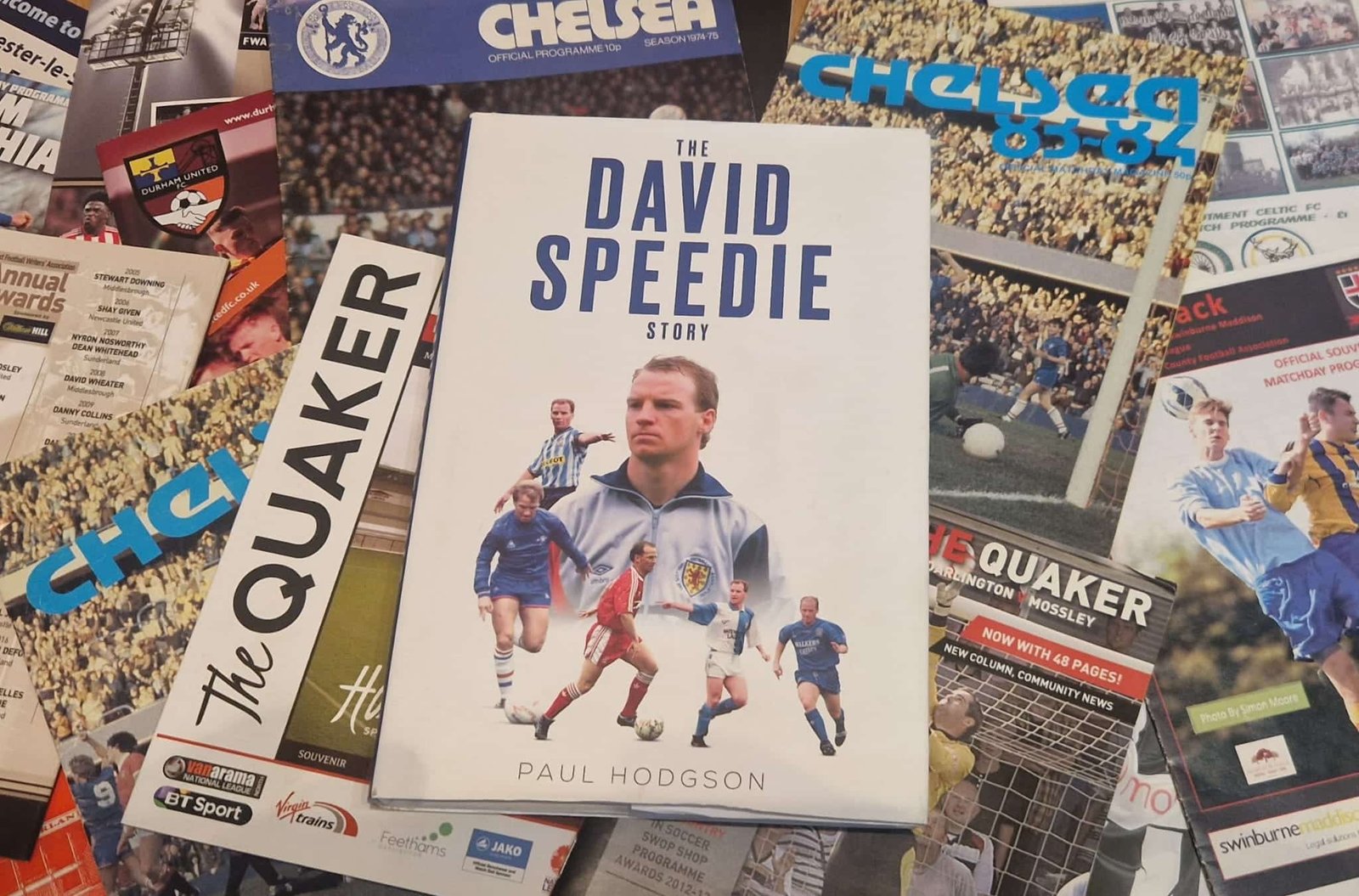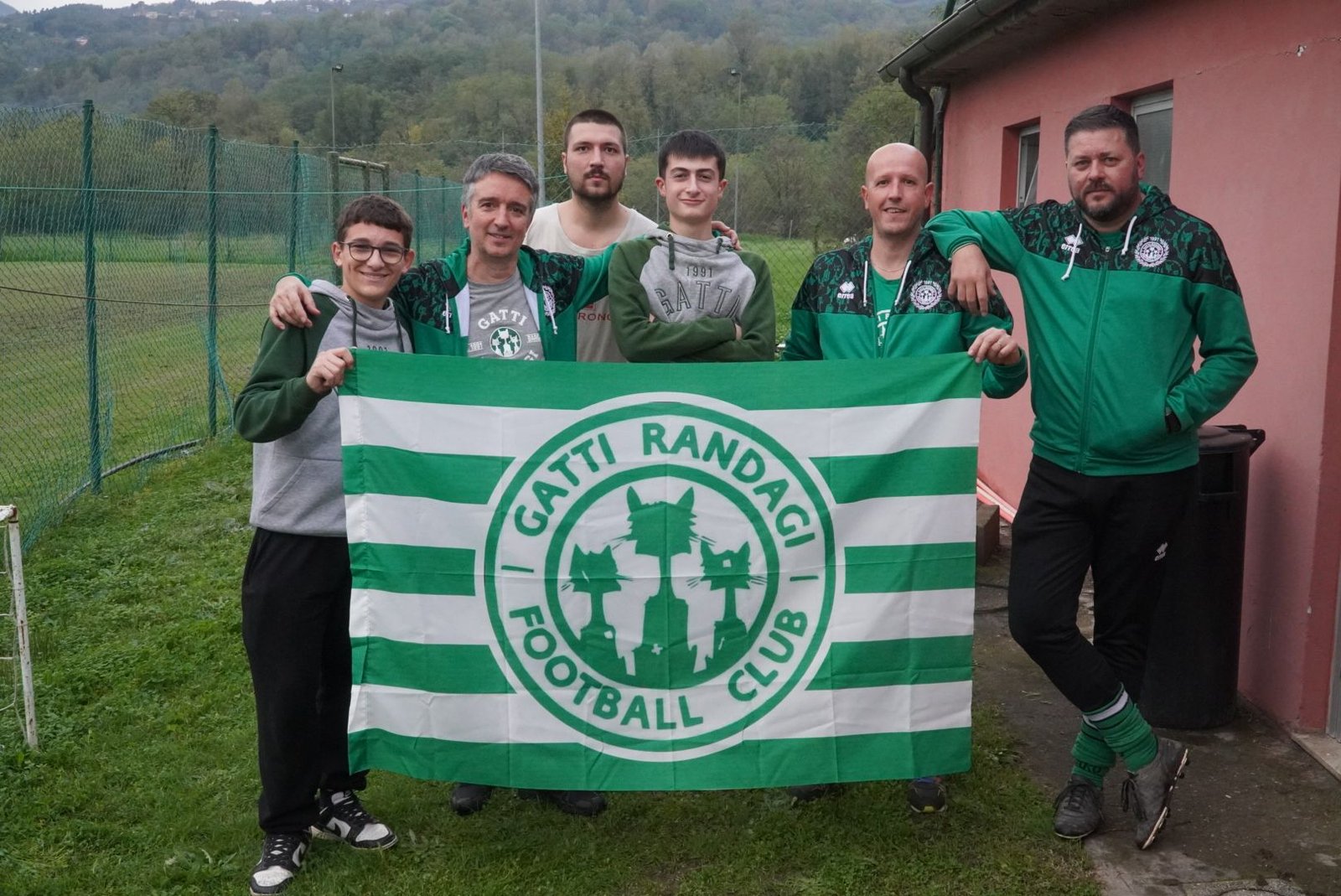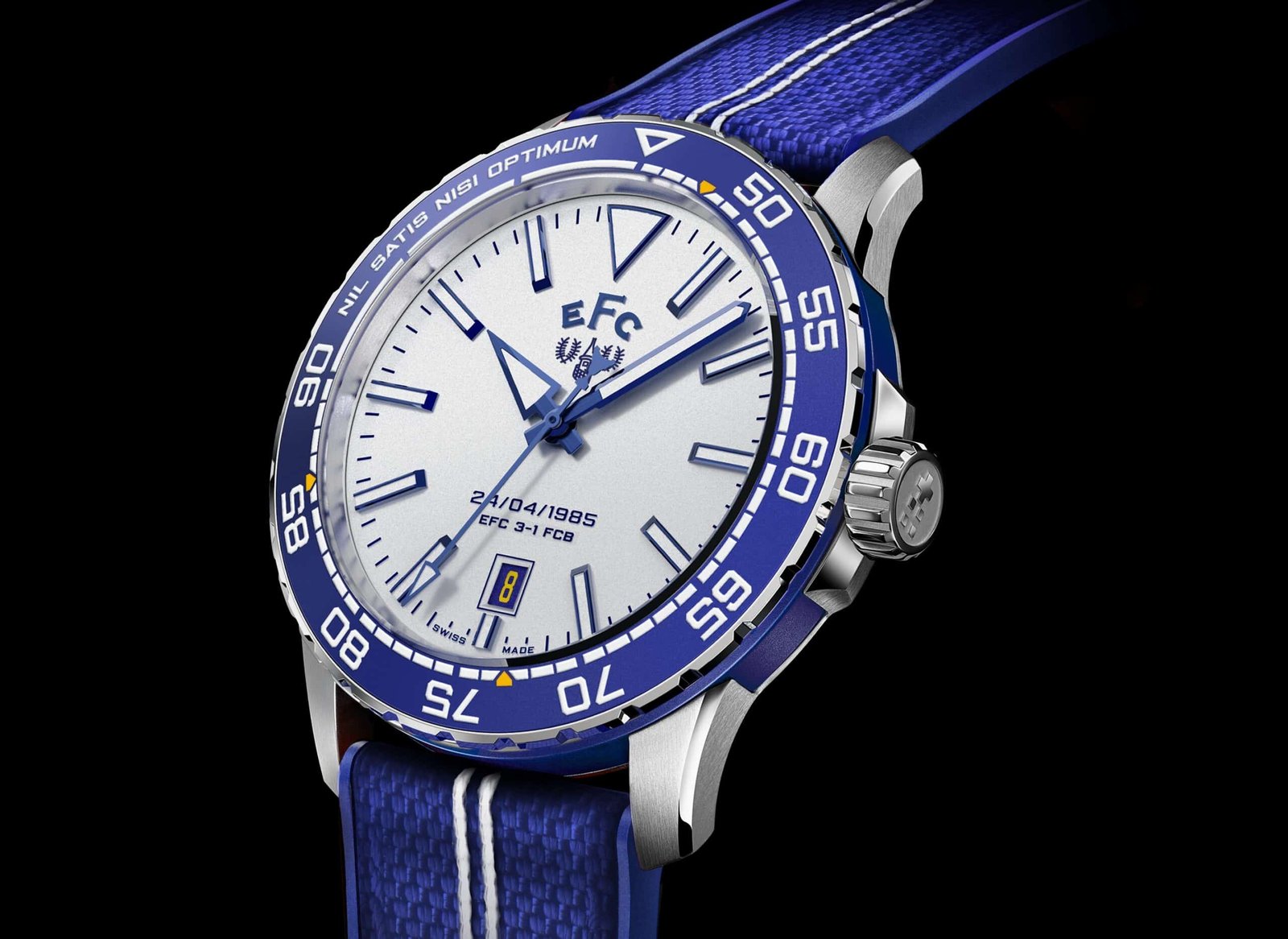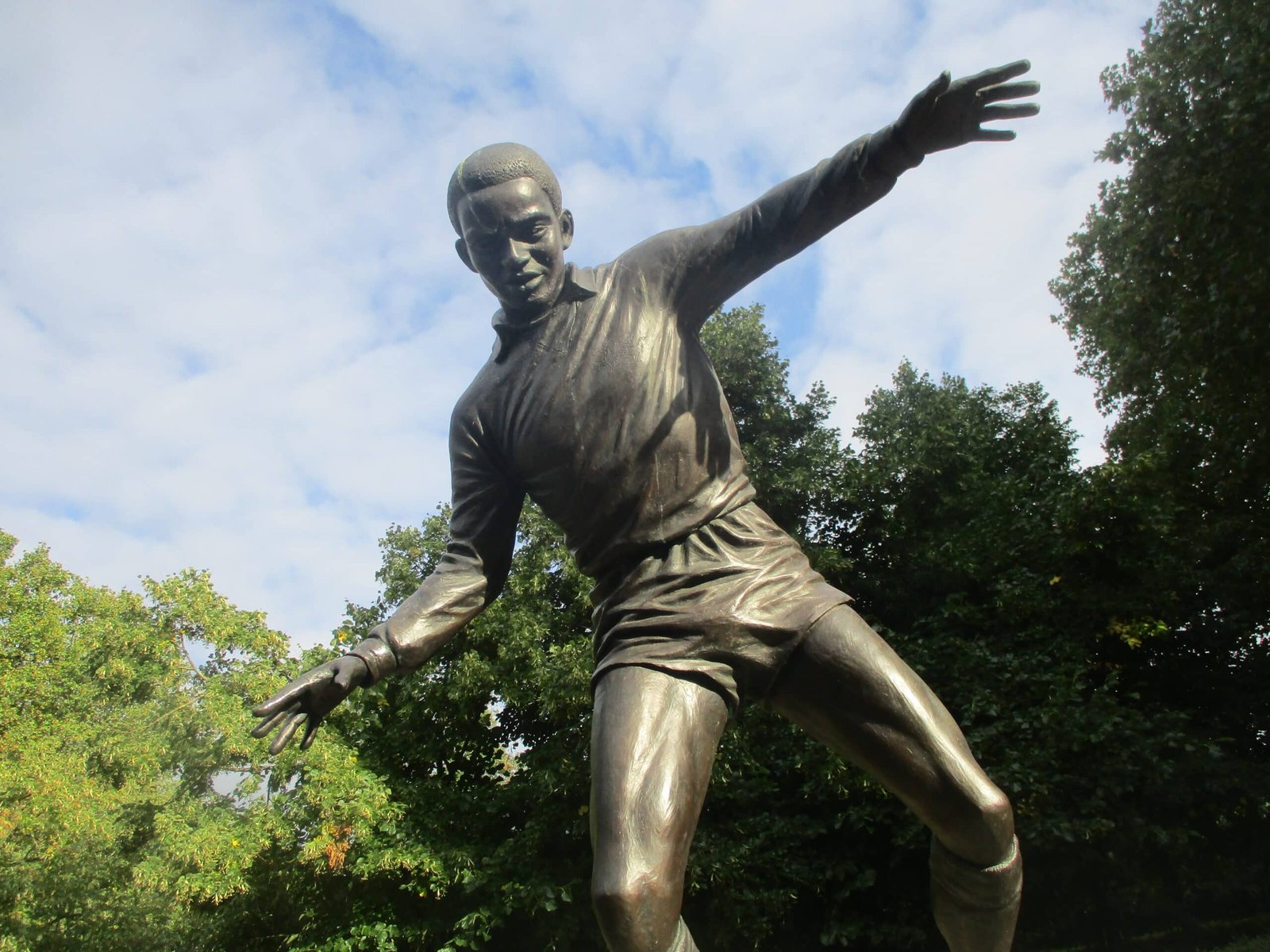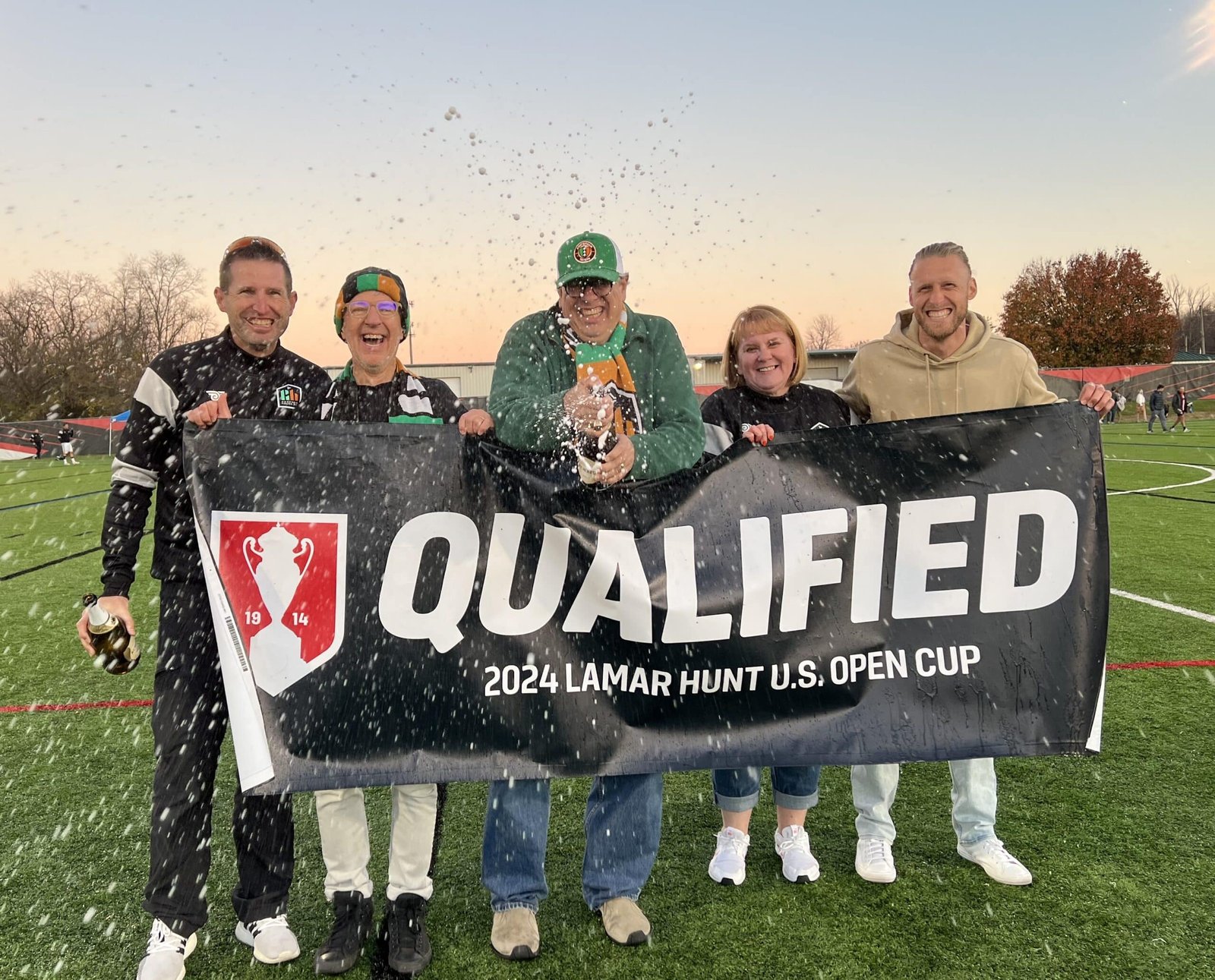Racing's home since 1948 embodies the game as it once was – Alan Deamer pays a visit to Mechelen
Racing Mechelen’s Oscar Vankesbeeckstadion is a stadium frozen in time — but the hands of the clock are now ticking. Built in 1948, the ground is far more than bricks and terraces. Its monumental post-war façade – symmetrical glass, stonework and a carved crest — is one of Belgium’s last great examples of British-influenced stadium design. Inside, nearly 80 years of history cling to every surface.
On match days, English songs echo through the stands, Peaky Blinders-inspired flags flutter and terraces wrap tightly around the pitch. The tall main stand towers over the neighbourhood, murals and graffiti frame old ticket booths, and the whole place hums with local devotion. Full of character – and characters – it’s simply gorgeous.
Yet this living time capsule is under serious threat. Currently in the fourth-tier Belgian Division 2, Racing need a modern home to progress, and the current redevelopment plan calls for a complete demolition.
For many supporters, erasing the Oscar Vankesbeeckstadion is unthinkable. “The investors now driving the project are shifting priorities – from club and community values to pure profit and real estate,” says Stijn Ureel of Racing Oldskool, the fan collective campaigning to save the ground. “Racing risk becoming just a vehicle for a revenue-generating project that no longer serves the identity or heritage of the club.”


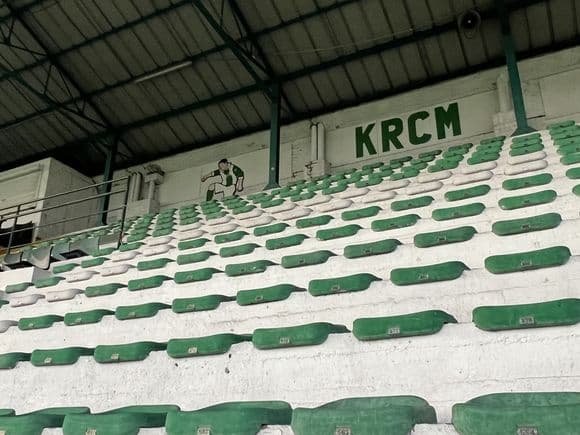
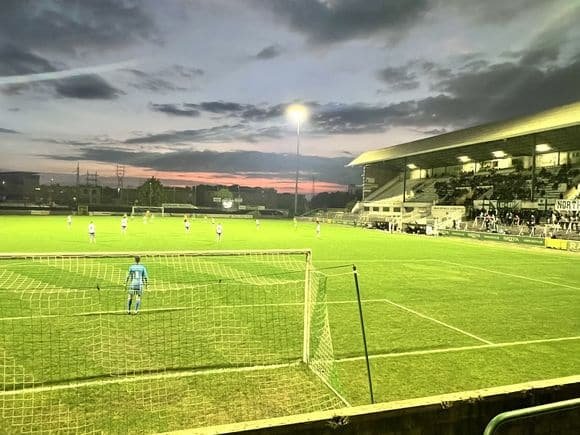
The threat has lingered for over a decade, but sharpened in the past two years. A new investor and developer, now wielding significant influence over club operations, proposed transforming the stadium into a multifunctional sports complex. While a modern facility isn’t inherently controversial, supporters fear the shift away from community priorities risks erasing Racing’s soul.
“Virtually no money is being spent on maintaining the current stadium, which is visibly deteriorating. It’s a precarious situation,” says Ureel. An application has been submitted to protect the main stand façade, allowing Racing to modernise without severing its roots.
For fans, the façade is more than decoration – it is a symbol of the club’s golden years, the pride of Mechelen-Noord, and a tradition that binds the terraces together. “It’s not about blindly clinging to the past,” Ureel emphasises. “It’s about ensuring Racing remain as Racing – maintaining a football spirit that combines old-school community values with modern realities. The façade is more than just a wall – it contains countless memories. With thoughtful design, it could become something truly special – not just in Belgium, but globally.”
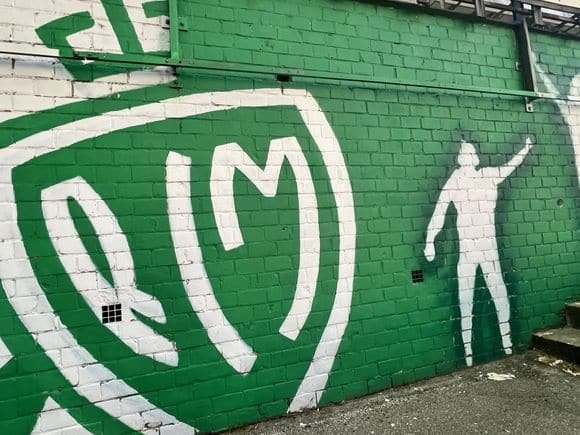

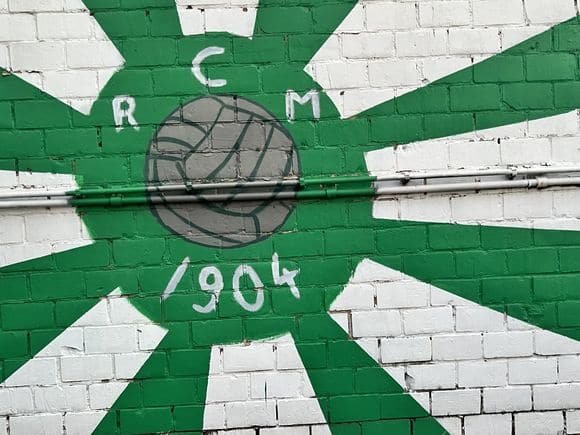
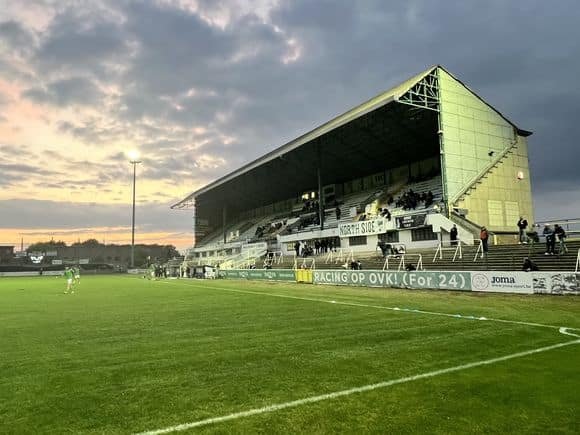
Ureel’s group proposes the official recognition of five key heritage elements: the central façade; the players’ tunnel with the slogan, Waar een wil is, is een weg (‘Where there’s a will, there’s a way’); the KRCM-lettered entrance; the painted working-class houses and vintage adverts behind the stand, and the historic boardroom.
Founded in 1904, Racing are Mechelen’s oldest club. The name ‘Racing’ follows an old sporting tradition, denoting a multi-sport association rather than speed itself, inspired by early athletic clubs in France and Belgium. From the start, Racing carved out a local identity in Mechelen-Noord’s working-class streets – a culture of pride and togetherness that still defines the club today.
Between 1910 and 1937, Racing competed at the highest level, before a post-war golden spell brought a second-place finish, a Belgian Cup final, and internationals such as Jan Van der Auwera and Rik De Saedeleer. By 1958, they had slipped down the divisions, but the Oscar Vankesbeeckstadion remained a fortress and community anchor.
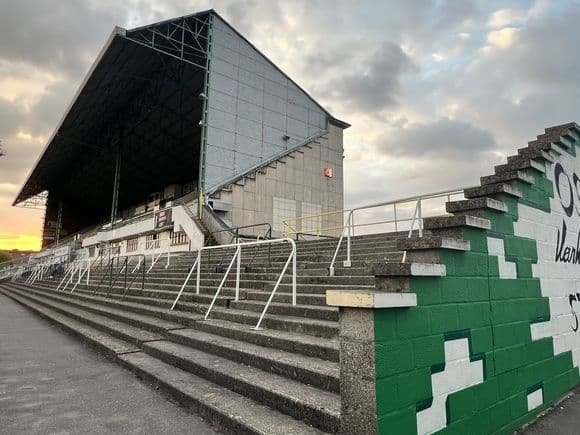

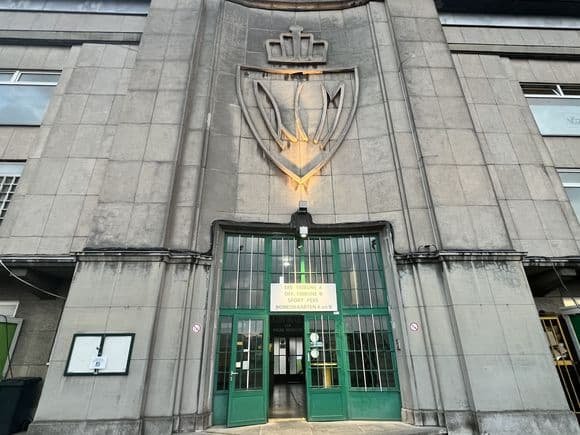
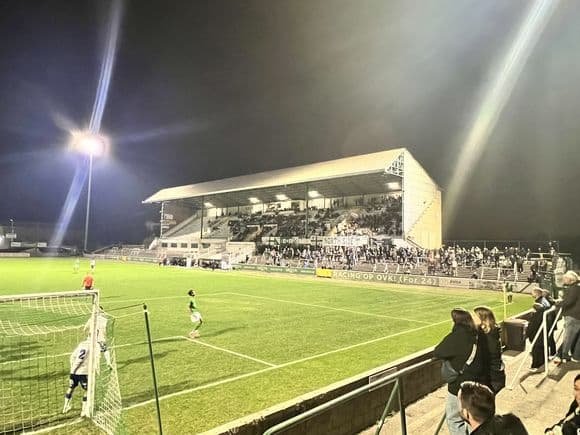
In Mechelen, football has always mirrored local life. The ground’s name carries weight. Oscar Vankesbeeck, once a Racing player and later chairman at just 18, rose to head the Belgian FA before World War II.
Arrested by the Nazis, he was imprisoned in Fort van Breendonk and died from his treatment in 1943. Naming the stadium after him bound Racing not just to football, but to courage and resistance. At the heart of Racing Oldskool’s campaign is not nostalgia, but vision.
The group has drafted a master plan linking heritage with sustainability – a holistic approach that safeguards identity while creating a viable, modern football home. “We’ve looked hard at how the club’s strengths, its identity and its community can feed into a sustainable new stadium,” Ureel explains. “What kind of complex will strengthen Racing’s future – not just for the next few years, but for the next generation?”
The proposal keeps the conversation constructive rather than confrontational. “We’re not against progress,” Ureel says. “It’s easy to criticise, but we recognise the work already done. We’re saying there’s another way forward – a vision rooted in history, built for tomorrow.”
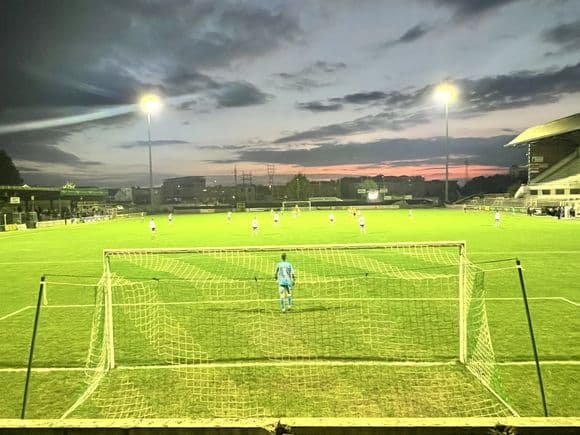
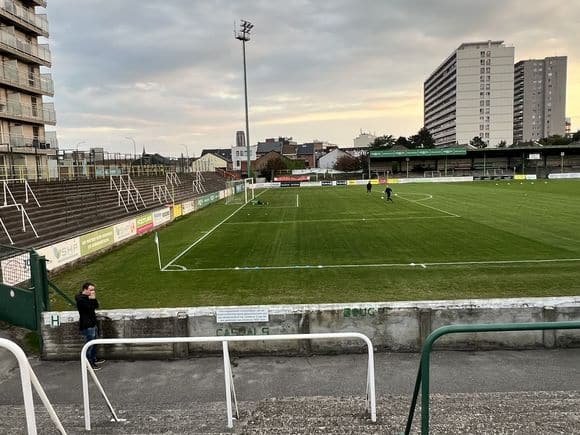
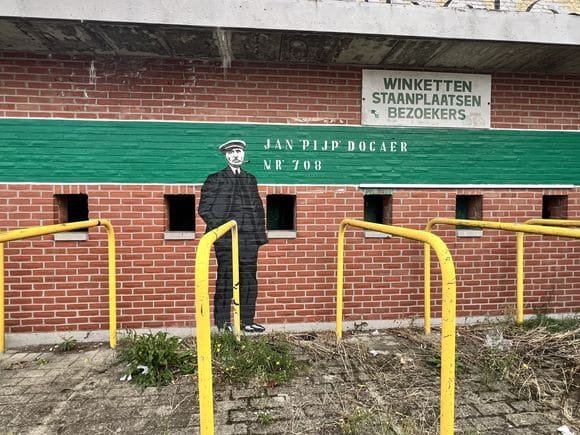
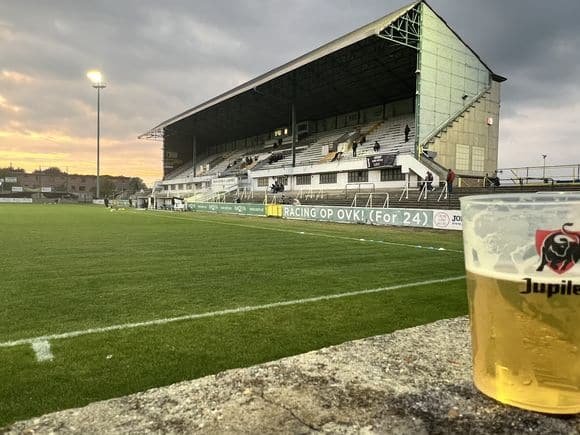
The plan argues that Racing’s revival should start with its roots: a stadium that reflects its story, not erases it. The façade and heritage elements could be integrated into a new design that respects both budget and building constraints while honouring the community that built the club.
This “alternative and holistic” approach is laid out in the OVK Stadion Master Plan. Support for the campaign has been strong. “We were positively surprised by the response to the original petition – over 500 signatures,” Ureel says.
“Local media covered it, and many who care about cultural heritage showed support. It’s not just about football fans; it’s about protecting a piece of Mechelen’s soul.” Because for Racing, it’s not just about preservation. It’s about continuity. Identity and keeping the pulse alive.
Bielefeld-based Alan Deamer covers the game in Germany, Italy, the Benelux and beyond. Follow his football adventures at @deameral on Instagram, BlueSky and Twitter.

